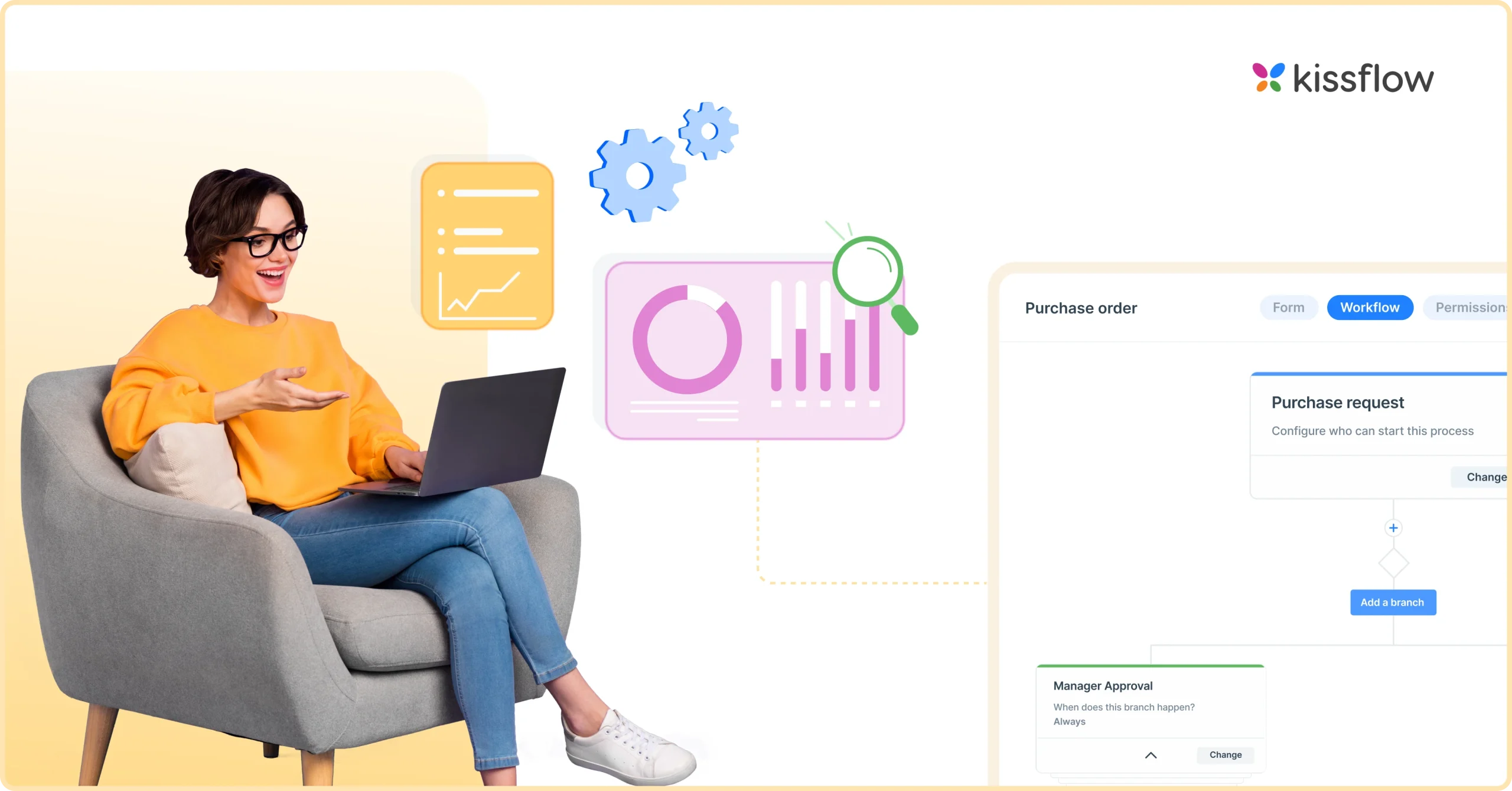Efficiency is the backbone of any successful organization. Whether you’re working in a startup, a mid-sized company, or a multinational enterprise, the ability to improve processes at work can significantly enhance productivity, reduce costs, and boost overall performance. Many businesses struggle with inefficiencies, redundancies, and communication gaps, leading to wasted time and resources. However, with a structured, end-to-end process improvement strategy, teams can streamline workflows and optimize outcomes. In this guide, we’ll walk you through a step-by-step blueprint to enhance operational efficiency and refine processes from start to finish.
Step 1: Identify the Problem Areas
The first step in improving any process is to identify bottlenecks and inefficiencies. Conducting a thorough process audit will help determine where delays occur, what tasks are redundant, and which areas require improvement. Some effective ways to identify problem areas include:
- Observing daily workflows to detect inefficiencies
- Collecting feedback from employees who execute the processes
- Analyzing data and performance metrics to spot inconsistencies
Once you’ve pinpointed areas that need attention, you can move on to designing a solution that enhances the end-to-end process.
Step 2: Define Clear Objectives
Setting specific goals is essential to ensure meaningful process improvements. Ask yourself: What are you trying to achieve? Whether it’s reducing turnaround time, minimizing errors, or improving collaboration, having clear objectives helps maintain focus. Consider using the SMART framework:
- Specific: Clearly define what needs to be improved.
- Measurable: Establish key performance indicators (KPIs).
- Achievable: Ensure realistic expectations.
- Relevant: Align goals with business needs.
- Time-bound: Set deadlines for implementation.
Having well-defined objectives ensures that every change made contributes to the overall business goals.
Step 3: Map Out the Current Process
Before making any modifications, document the existing workflow. Process mapping provides a visual representation of tasks, roles, and interactions within a system. Common tools to create a process map include:
- Flowcharts
- Swimlane diagrams
- Value stream mapping
By visualizing the process, teams can identify gaps, overlaps, and inefficiencies. This step serves as a foundation for redesigning an improved workflow.
Step 4: Brainstorm and Develop Solutions
Once problem areas are identified and mapped, the next step is to find solutions. Encourage team collaboration to gather insights and innovative ideas. Consider:
- Eliminating redundant tasks
- Automating repetitive processes
- Integrating technology for better efficiency
- Standardizing best practices across teams
It’s essential to involve employees in the brainstorming phase since they have firsthand experience with the processes in question.
Step 5: Test and Implement Changes
After identifying potential improvements, test them on a small scale before company-wide implementation. Conducting pilot tests allows teams to:
- Assess feasibility
- Measure improvements
- Identify potential challenges
Once tested and refined, roll out the new process across the organization. Ensure proper documentation and training so that employees understand the changes.
Step 6: Monitor and Continuously Improve
Process improvement is an ongoing effort. Regularly tracking performance metrics will help maintain efficiency and identify further areas of enhancement. Key strategies for continuous improvement include:
- Conducting periodic reviews
- Seeking employee and customer feedback
- Staying updated with industry best practices
- Leveraging technology to optimize operations
Conclusion
Improving processes at work is not a one-time effort but an ongoing cycle of evaluation and refinement. By following this structured, end-to-end process blueprint, organizations can boost efficiency, enhance productivity, and create a streamlined workflow that drives long-term success. Start by identifying problem areas, setting clear goals, mapping workflows, and testing new solutions before full-scale implementation. With the right mindset and a commitment to continuous improvement, any business can achieve operational excellence.

